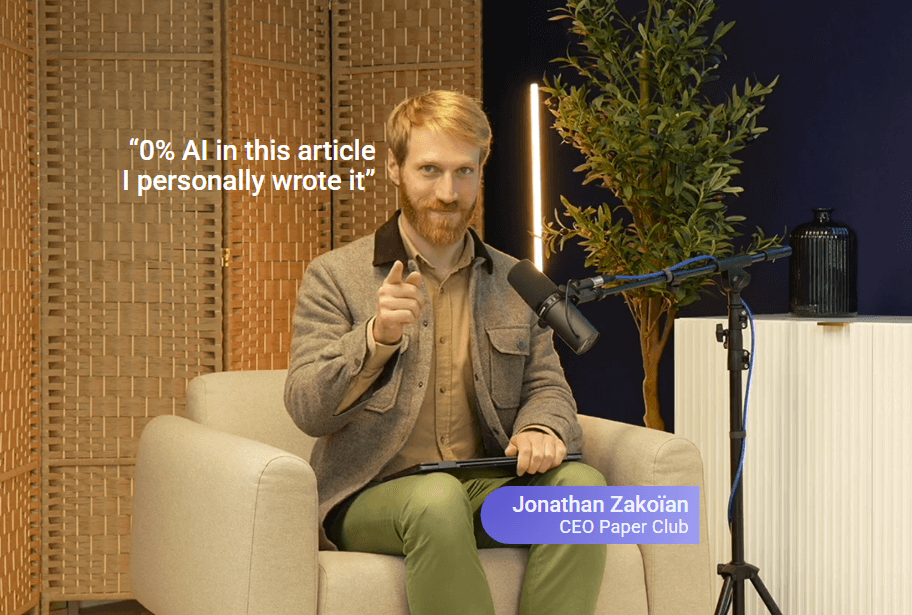How to optimize your article for ChatGPT’s chunking?
We’ve published a full guide and video tutorial on how to optimize your content for chunking.
ChatGPT breaks long texts into separate blocks called chunks, using HTML tags as primary cues. Ideally, each chunk should contain only one idea. Since ChatGPT doesn’t always read an entire chunk, it’s critical to include a summary at the start of each chunk:
- A “Key takeaways” section at the beginning of the article (using the
<summary>tag) - A short, clear sentence at the start of each paragraph to summarize the main point
How to match the right search intent on ChatGPT?
Put yourself in your customers’ shoes and focus on their informational search intents on ChatGPT.
ChatGPT is most often used at the early research stage, what we call informational intent in SEO. At this point, prospects are learning about a product or service, exploring buying criteria, identifying potential suppliers and understanding what differentiates offers. This contrasts with transactional intent, when a prospect already knows what they want and is simply choosing between known competitors.
It’s crucial to position your brand early, because many prospects will later go directly to the websites mentioned by ChatGPT when moving from early research to purchase intent. Even if they don’t visit a competitor directly, they’ll likely have a negative bias against brands that weren’t mentioned.
Your product pages probably already address purchase intent, but you also need content for early-stage intent. For example, articles like “How to choose [your service]?” or “Top 10 [product type]”. Put yourself in the shoes of your potential customers to identify the right topics, just as you would for traditional SEO.
How to give ChatGPT substance to work with?
Provide as much detail as possible about your products (context, use cases, strengths) and highlight positive customer feedback.
ChatGPT tends to respond in a conversational tone and prefers detailed content that highlights differences between products. The more “substance” you provide, the more likely it is to feature your brand. This includes:
- Detailed product pages
- Articles that clearly describe product features and advantages
- References to verified customer reviews (e.g., Google Reviews, TrustPilot, Avis Vérifiés)
An article from a neutral media outlet summarizing your positive reviews and emphasizing your brand’s quality is an excellent way to feed ChatGPT high-value information. ChatGPT will consider that kind of content objective (verified reviews cited by a media source) and is therefore more likely to reference it in answers about your brand. Make sure to add nuance and context: “Customers highlight X and Y,” for instance. ChatGPT often quotes such phrases directly.
What’s the risk with paywalls?
Paywalls often prevent ChatGPT from accessing your content.
Avoid placing important articles behind paywalls. ChatGPT can’t always bypass them, meaning your article might never be read. Fortunately, sponsored articles on platforms like Paper Club are almost never behind paywalls, even if the publication uses them elsewhere.
In traditional PR, however, your content may occasionally end up behind a paywall. This can often be negotiated with the publication. If you can’t remove the paywall, make sure at least the intro section (which remains visible) includes your key messaging and brand mentions.
What tone should you use?
Use a conversational and direct tone.
ChatGPT mainly uses a conversational tone when answering users. Writing in this style increases the chances your wording will be reused directly, without being rephrased (and possibly distorted).
Should you write in English?
Whenever possible, publish content in English to rank for English keywords.
Even if you ask ChatGPT a question in a language other than English, it typically performs most of its background searches in English (its primary language). If possible, create English-language versions of your key content and optimize for English keywords that ChatGPT is likely to use, still targeting your local Google region, of course.



